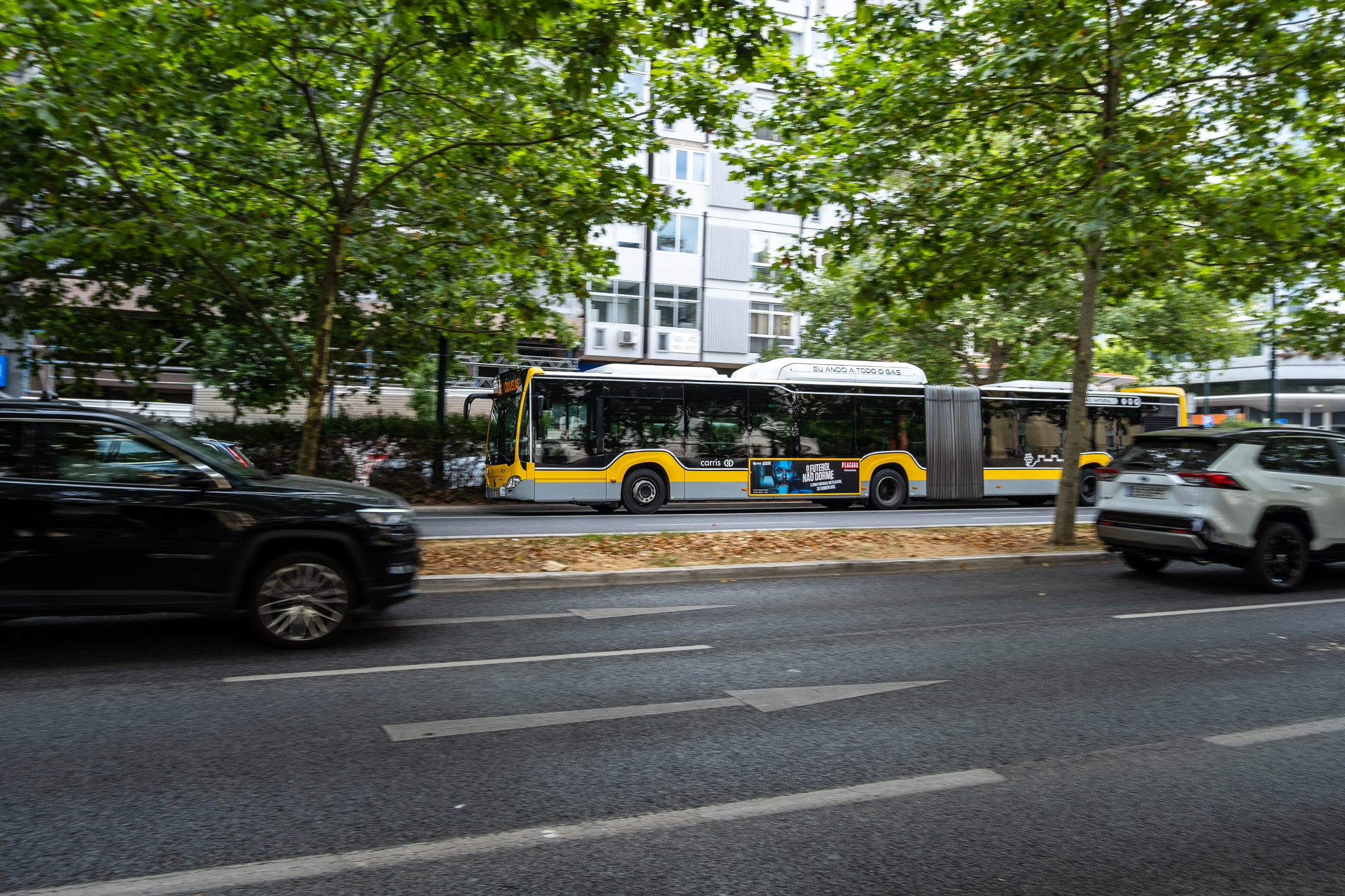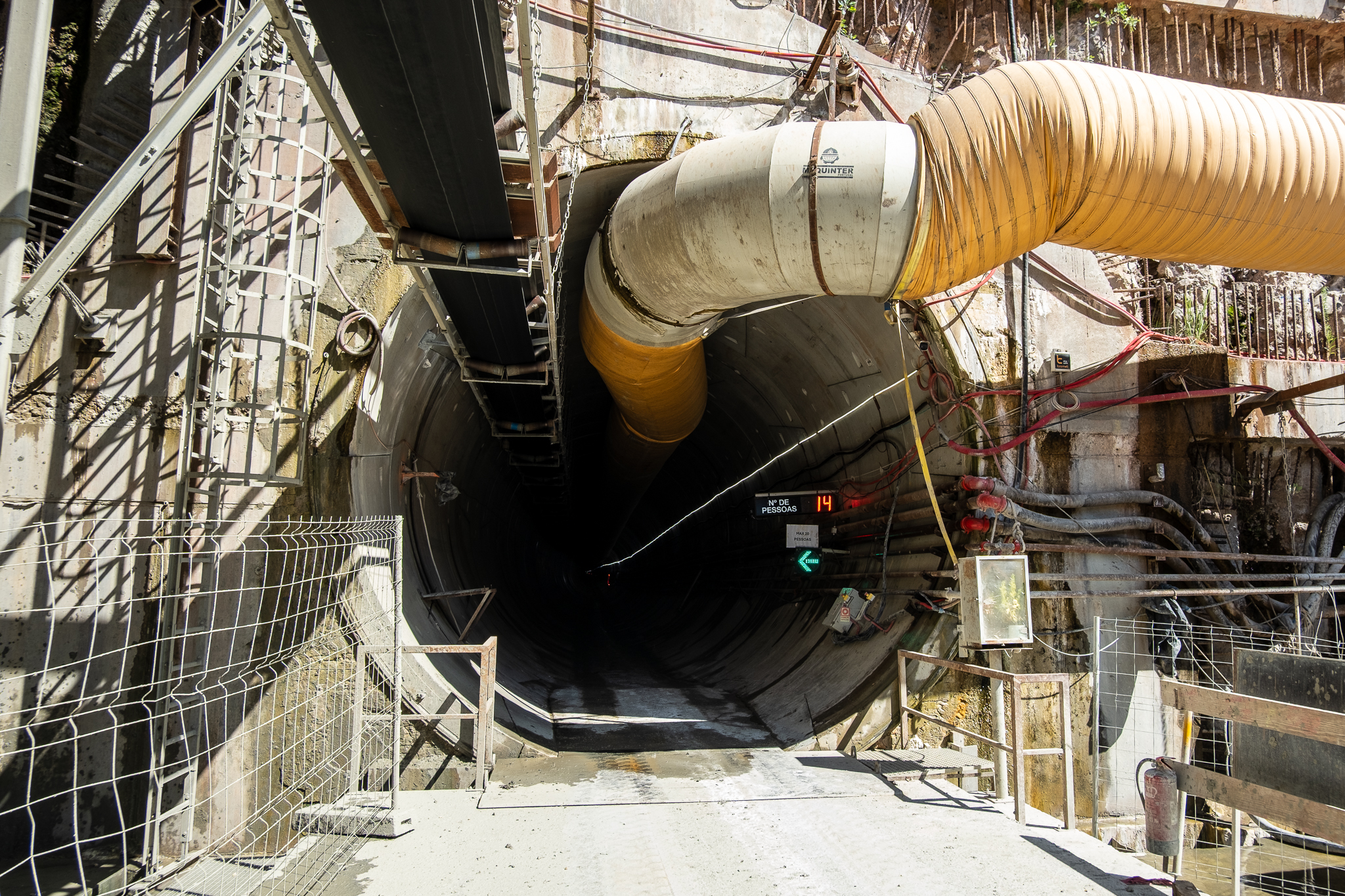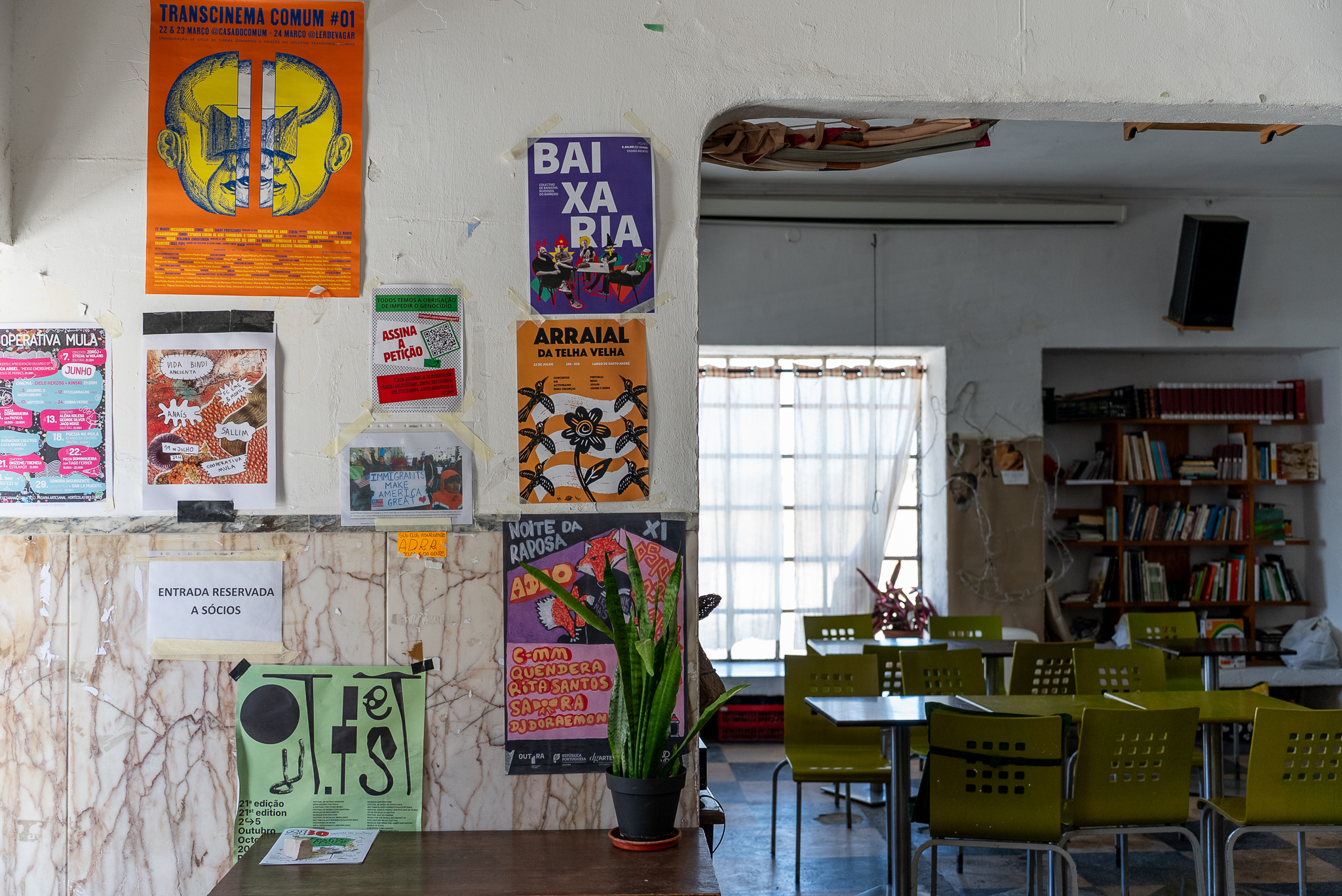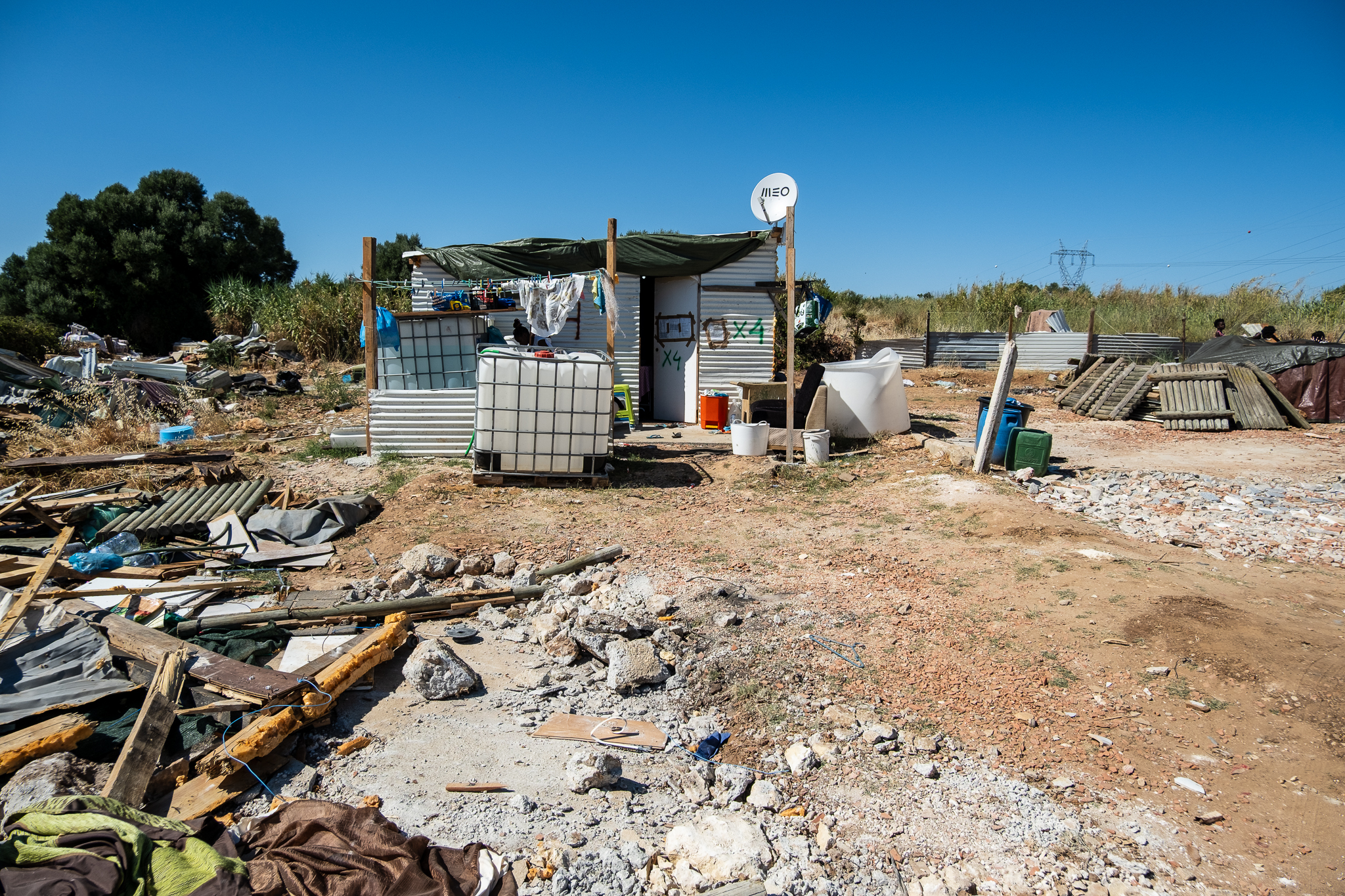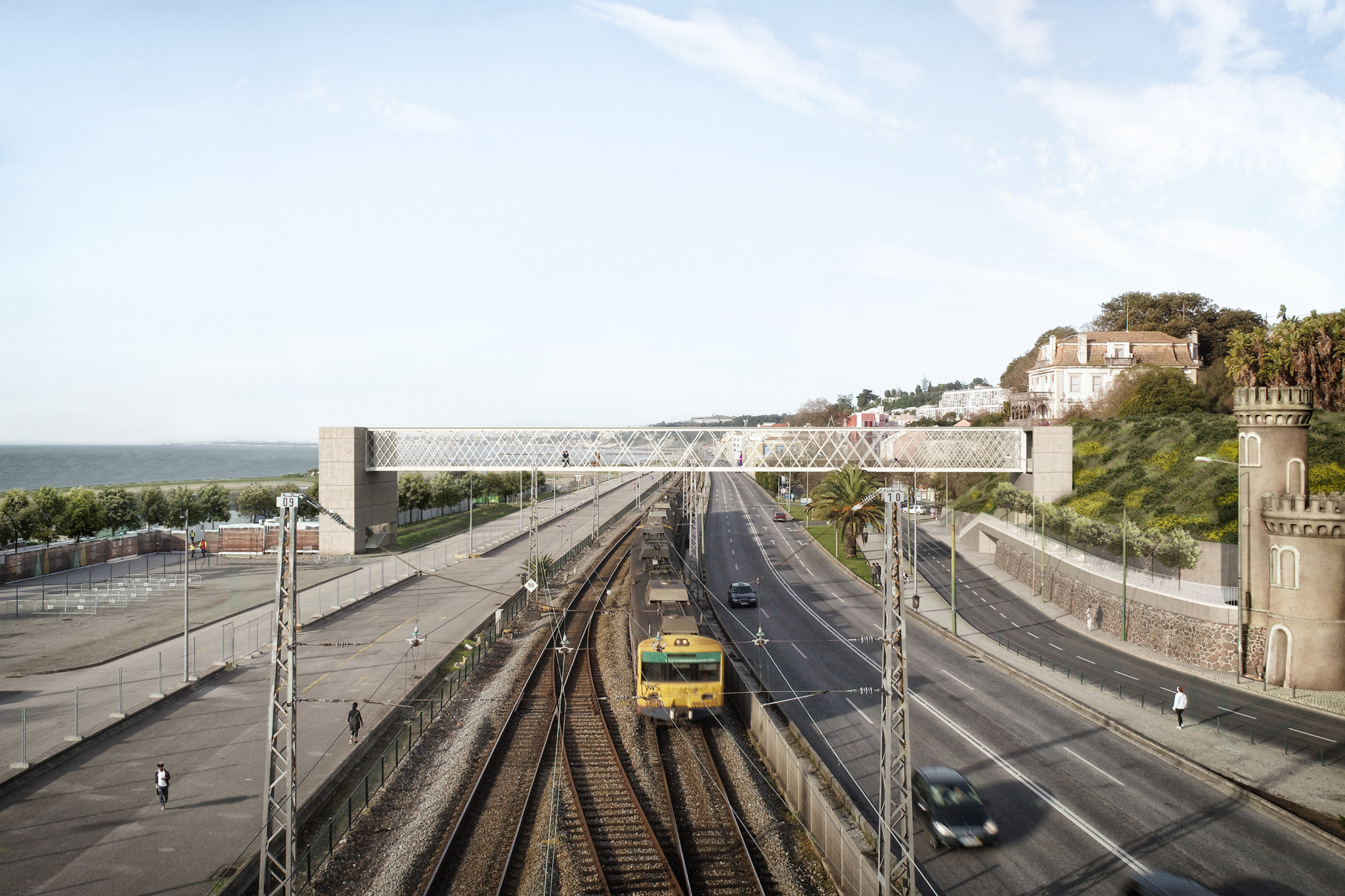Green Line with only three carriages, Yellow Line cut between Campo Grande and Cidade Universitária, crowded Carris buses and more car traffic. Construction work on the Circular Line in the Campo Grande area is testing the limits of the city's mobility system. The situation is expected to last two months if nothing...

The cutting of the Yellow Line between Campo Grande and Cidade Universitária and the closure of Telheiras station, since May 2 and for two months (until July 7)are having a significant impact on the daily lives of thousands of people, whether or not they use the Metro. The biggest changes to the usual routines are felt at Campo Grande: this is where the Green Line now starts, running between this station and Cais do Sodré; and this is where the northern section of the Yellow Line ends, between Odivelas and the aforementioned interface.
With the Yellow Line cut, those who now arrive at Campo Grande from the Odivelas direction have only one option to access the city center: use the Green Line. This line is also the only alternative for all passengers arriving by bus to Campo Grande terminal from the most varied peripheral areas of Lisbon. The result: a huge overload of the Green Line in one of the busiest Metro stations of the capital. It is not surprising, therefore, that on May 2, when these cuts and changes began to apply, you felt a real chaos in Campo Grande.
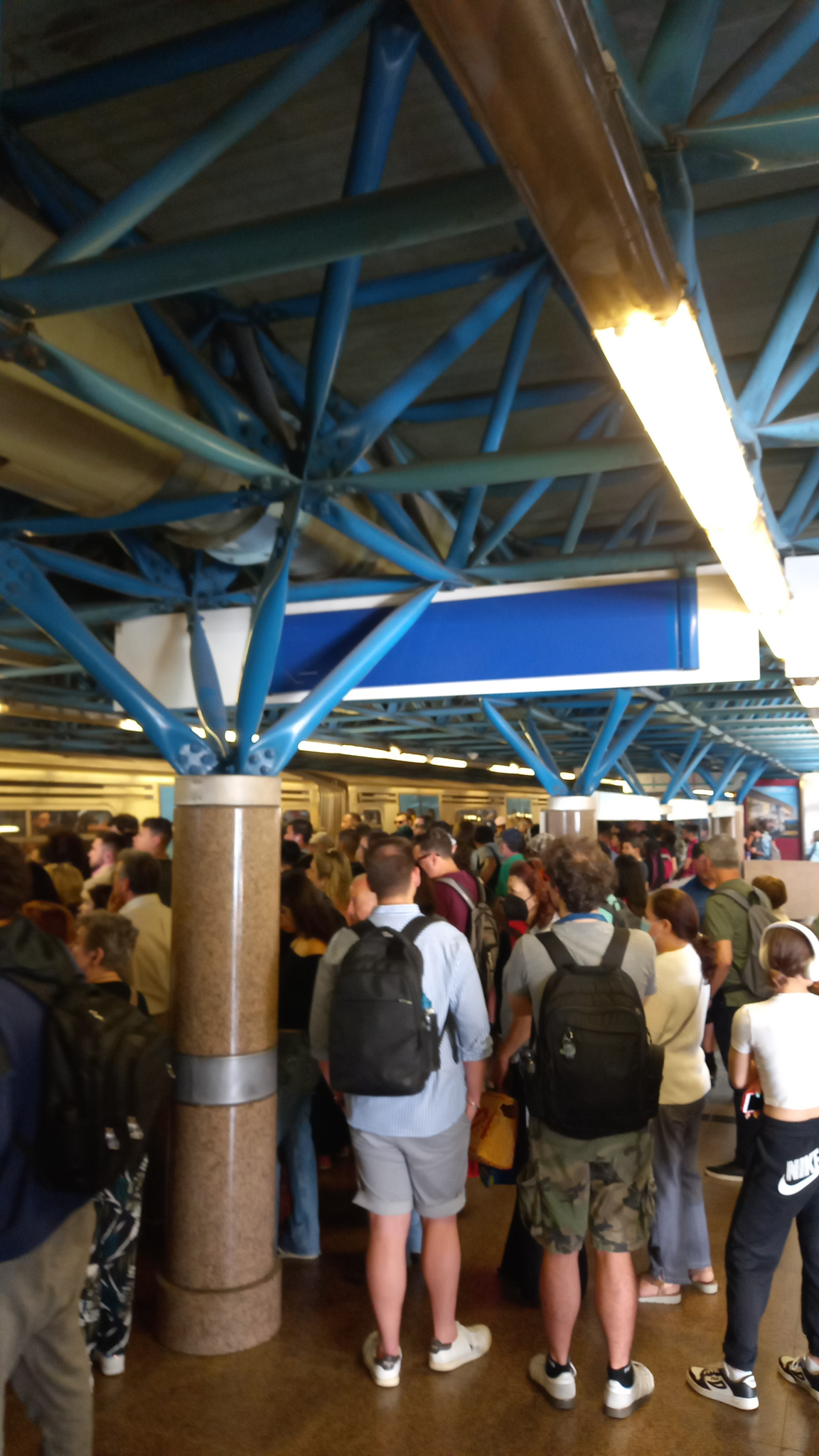
Regular Metro passengers report that the platforms accessing the trains were, at rush hours and beyond, full of passengers. Images of the crowded Campo Grande station also circulated on social networks and made news in several media outlets. Contributing to this situation is, in addition to the aforementioned interruptions, the reduction of trains running both on the northern section of the Yellow Line and on the entire Green Line from the usual six cars to only three - something that, on the Green Line, no longer happened during the daytime since the closure, in 2017, of Arroios station for the pier extension works. Despite an announced increase in frequency on this line, the three-car circulations have still caused several situations of overcrowding. We heard reports of people feeling ill during the trips and even fainting. And we saw crowded carriages also outside rush hours and all along the Green Line.
For example, it was a little after 6 pm on Thursday the 4th, and at Martim Moniz station two three-car trains were passing in the direction of Cais do Sodré, full of people; at the opposite platform, people were waiting for a subway to Campo Grande. As the time went by, one could feel some anxiety of those who were already waiting for a crowded three-car train. And so it happened. Throughout the week, Metro placed signs in Portuguese and English at stations indicating three carriages, inviting passengers to wait in the first half of the platforms - yet many people seemed, as we witnessed, surprised by the arrival of shorter meters, running to catch them. Situations like the one we witnessed at Martim Moniz were reported to us at other stations on the Green Line and throughout the week.
Metro to "make every effort" to restore six carriages on the Green Line
By Friday afternoon, the situation seemed more stabilized, however. At Campo Grande, the backlogs of people on the waiting platform seemed temporary, between the arrival of one subway car and the departure of another. The waiting times seemed to be three to four minutes - the time for a metro to arrive, for people to get off, for the conductor to change cabs and for new passengers to get on; the approach of the trains to Campo Grande station is done slowly so that there are no incidents. On the Yellow Line, a similar situation.
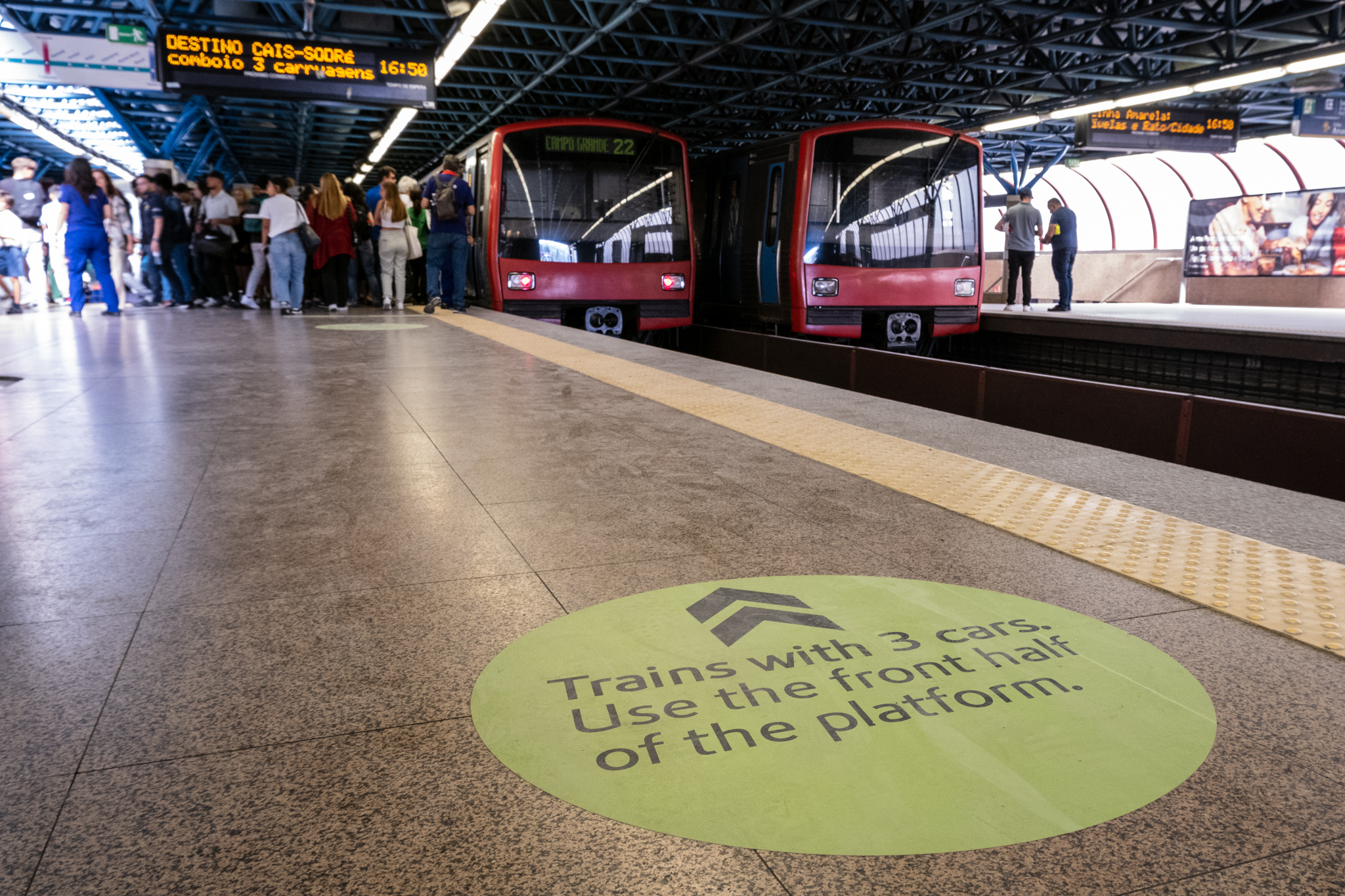
In a clarification note published on Thursday, Metro justifies that the circulation change to three carriages on the Green Line "was determined by the need to safeguard the safety distance in relation to the works taking place, at this stage, on the railway track, west of Campo Grande station. However, Metro is making every effort to restore the circulation of six cars on the Green Line, as soon as conditions permit, before the end of the works"..
He further wrote that, "to minimize the constraints." increased the number of trains running on the Green Line from nine to 12, "seeking to reduce waiting times". But recognize: "Nevertheless, there has been an increase in train stop times at stations, for passengers arriving and leaving, particularly at Campo Grande station, a situation that has caused cumulative delays in train circulation. Metropolitano de Lisboa is monitoring in detail the daily movement of passengers under these new operating conditions, in order to identify and implement operational solutions to mitigate the impacts for our customers in terms of waiting and travel times."
More traffic, crowded buses
Those who usually drive in Lisbon tell us that traffic has become more complicated since the interruptions in the Green and Yellow lines. A transfer of trips from the metro to the car will not have been immediate, but after some people experienced (or saw on television) the incidents that happened in the first few days - not least because there will have been several passengers who were unaware of the cuts and were surprised at the beginning of the week. The congestion at the Campo Grande junction, in the tunnels and in Cidade Universitária has been noticeably more intense in recent days.

The Lisbon Metro placed on the street indications for passengers to walk the routes corresponding to the closed sections: between Telheiras and Campo Grandeand between Campo Grande and Cidade Universitária. Whether you follow these directions or not (depends on your knowledge of the city), it was visible on the morning of Wednesday, May 3, a greater pedestrian traffic in the Campo Grande area than usual, mainly towards Cidade Universitária. There were so many people on foot that the conflicts between cyclists and pedestrians - also common in that area due to the poor design of the public space - became thicker, with some lack of empathy (perhaps due to ignorance of what was going on) on the part of those on bicycles. Also that morning we saw buses full to overflowing, and many people waiting for those buses at the stops, with significant queues.
The reinforcements of the Carris service were only made on Wednesday by the Lisbon City Hall and the municipal carrier. Via Twitter, the mayor, Carlos Moedas, wrote at 9 pm on Tuesday that "the operation of Metropolitano de Lisboa is the Government's responsibility. Within this scope, the Lisbon City Hall regrets the inconvenience that the interruptions in the circulation of trains on the Lisbon Underground's Yellow and Green lines are causing to public transport users in the city of Lisbon. In view of this situation, which the Lisbon City Hall is unaware of and for which the competent entity is Metropolitano de Lisboa, Carris reinforced the service of several lines to minimize the inconvenience caused"..
The operation of the Lisbon Underground is the Government's responsibility.
- Carlos Moedas (@Moedas) May 2, 2023
The Lisbon City Hall regrets the inconvenience that the interruptions in the circulation of trains in the Yellow and Green lines of the Lisbon Underground are causing to transport users.
It is not understandable, however, how the City did not anticipate the impacts and launch mitigation measures in a timely manner. Anyway, the reinforcements in Carris were made in the lines 767, 738 e 736 on the most critical routes; and career 778 was, only on Friday, extended to the University City [initially it had been announced that the 747 would be extended, but this did not happen and the information was eventually corrected].
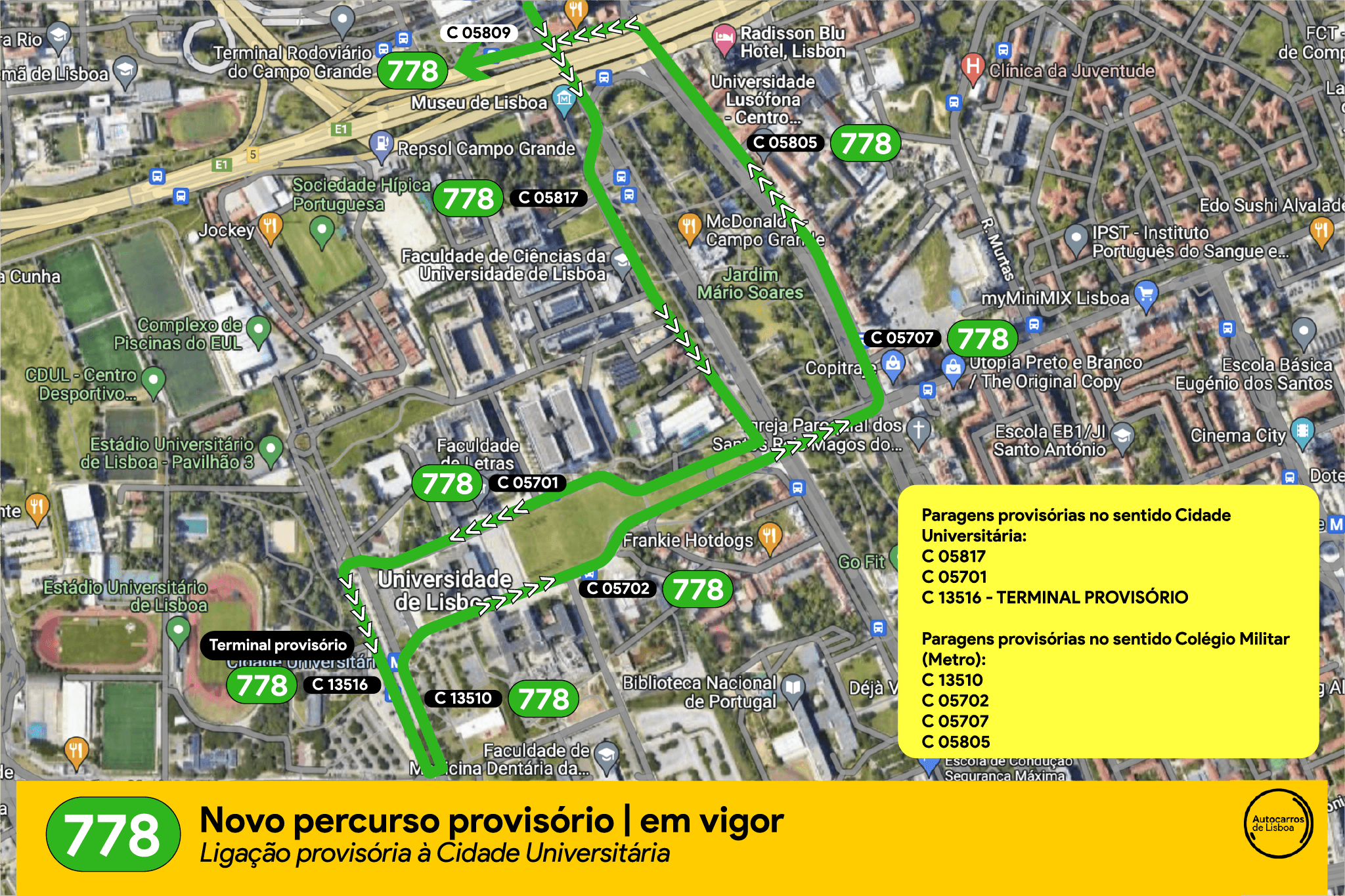
Incidentally, Metro de Lisboa says it has sought to launch a road replacement alternative "for exclusive use" of its passengers. However, "it was not possible to find a solution that would respond to what was required, given that the road operators themselves are at their maximum supply capacity". Information that the Deputy Mayor of Lisbon confirmed in the public meeting that took place last week: the Metro tried to find buses and drivers for special lines with Carris Metropolitana, but there were no vehicles or drivers available. Note that Carris Metropolitana is already performing replacement road transport in Cascais Lineat CP's service.
Anacoreta Correia also said that the City Hall has given indications to EMEL to reinforce the GIRA in the surroundings of the Campo Grande Metro, but several users say that it has been even more difficult than on a normal day to catch a GIRA bike in that part of the city due to high demand.

Work could have been done in the summer?
Metro de Lisboa explains, in the same communication, that "will continue to monitor jointly with road operators the possibilities of providing more effective alternatives, while being aware that any alternative service in road mode is not an effective total solution, replacing the service provided by the Metro". He adds: "The interventions in course obey a work planning whose contractual deadlines have already been optimized to the limit, so that any other planning of the works, for later dates, would put into question the community funds allocated, as well as financial penalties for the company and the Portuguese State."
Otherwise, the Lisbon Metro "recognizes and regrets the potential impact that these constraints may cause on the daily routines of those who live, study and work in the area of influence of these interventions and asks for the understanding of its customers insofar as they are indispensable for the execution of the works necessary for the realization of the plan to expand and modernize the network."
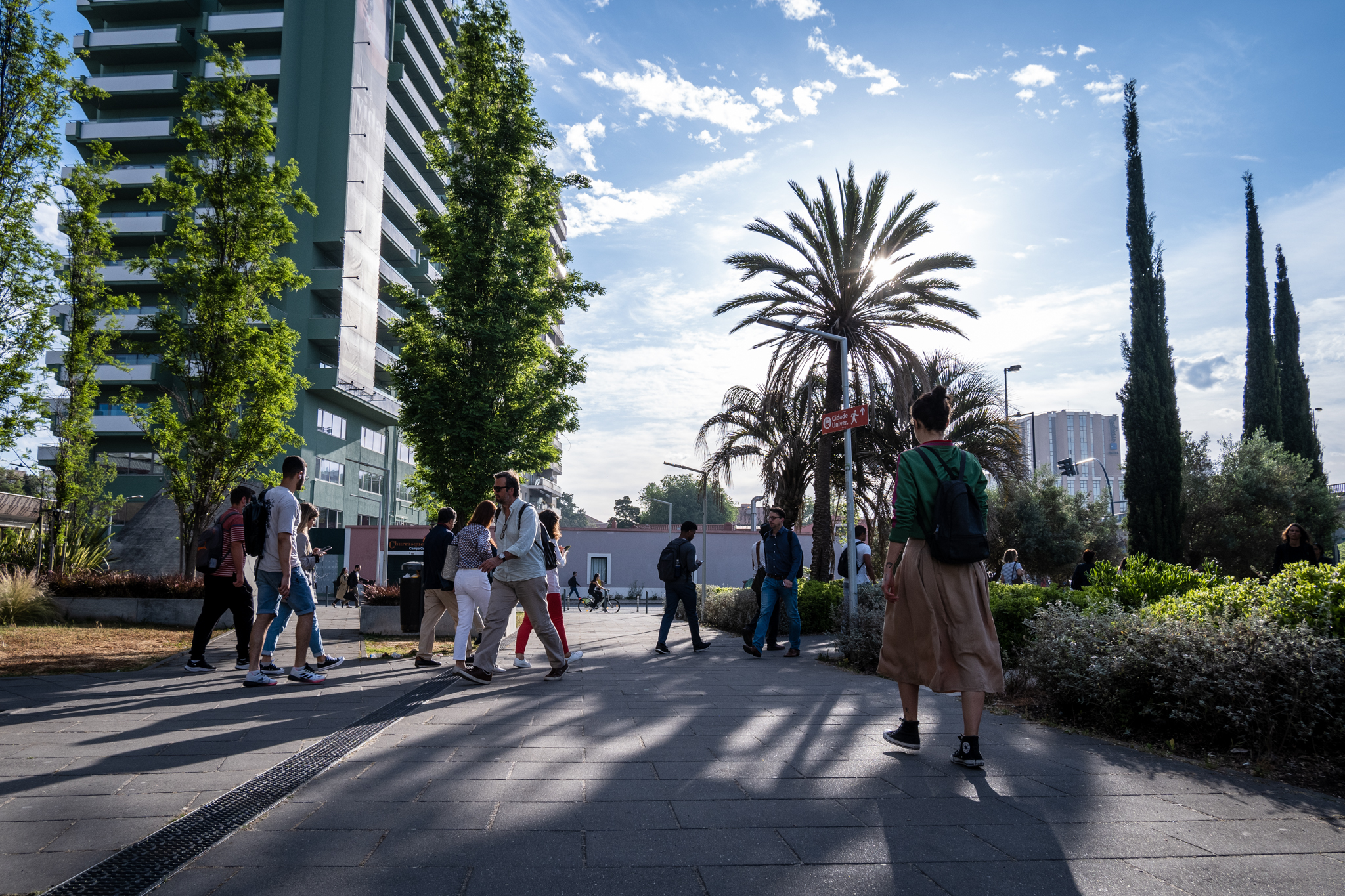
In the aforementioned public meeting of the Lisbon City Council, the Vice President criticized the absence of a local government member on the Board of Directors of Metro de Lisboa to better influence the company's management in the city's interestsand recalled the disagreement of the current executive of Carlos Moedas regarding the project of the Circular Line, presenting the the idea of a "looped line. This idea is also defended by Lumiar Parish Council, responsible for the territory where the Telheiras station is located and which is also affected by the remaining restrictions. For them, it is "unqualified the damage that is being caused to the citizens of Lumiar, to implement a project that will only harm them". The joint is positioned against the circular line and suggests a "looped lineadvocated also in the electoral program New Timessigned by the current President of the Council, Ricardo Mexia.
Looped thread?
"The Lumiar Parish Council (JFL) has long argued that this solution does not serve the interests of Lumiar and that it represents a huge loss for everyone who lives, studies and works in this territory", can be read in the note shared with journalists. "Several alternative solutions were proposed by JFL, including the loop line, but, all of these were ignored by the Metro Administration and the Government."
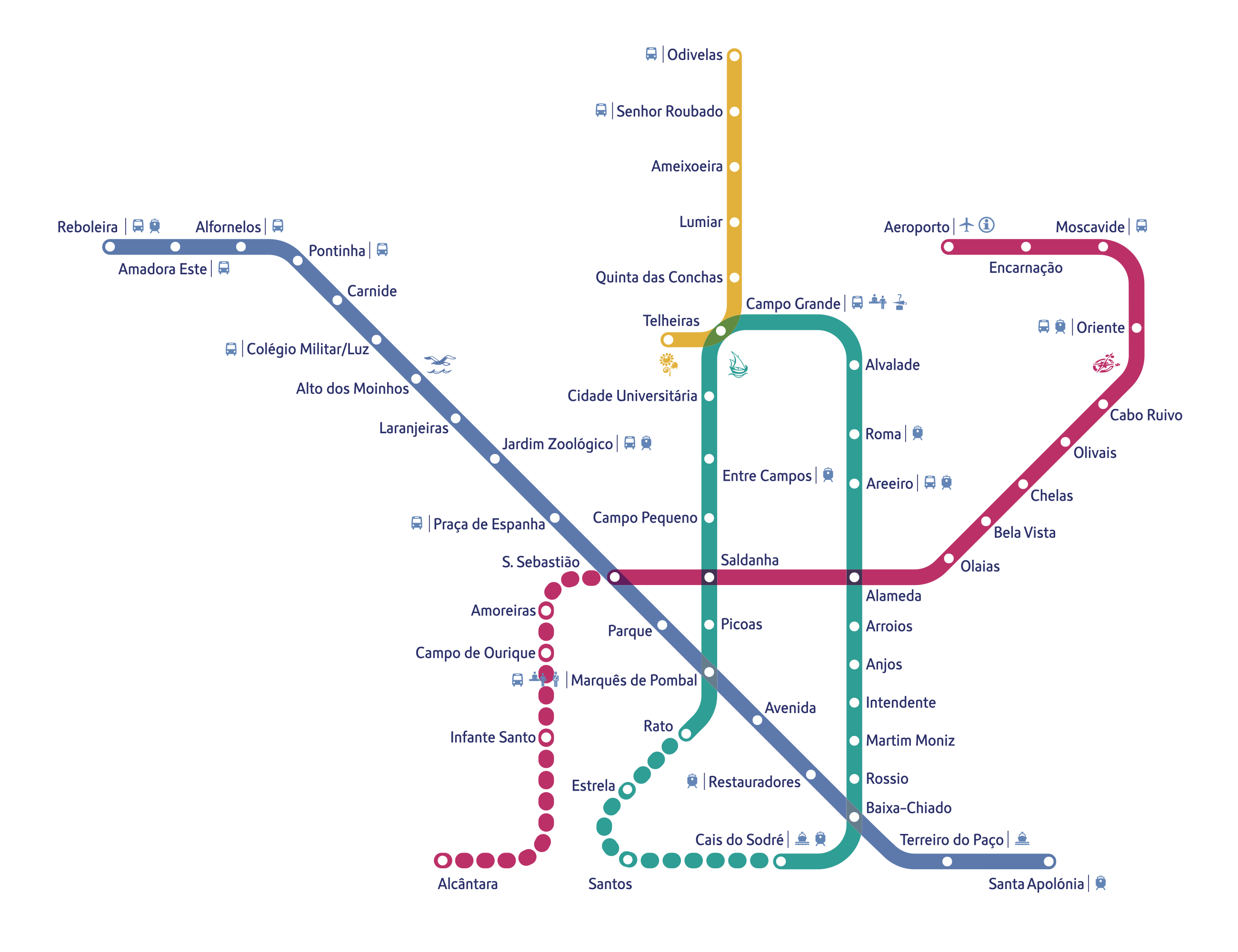
The Junta refers that Lumiar has four stations and that its population will "losing direct access to the city center via the project that is being built". "Were it not for all this damage, which will last over time, enough already, Lumiar is still facing a construction project that has caused severe restrictions on circulation, having led to road cuts, relocation of parking and the bus terminal, and frequent changes in the operation of the Metro." The Lumiar executive says it has already established contact with the Minister of the Environment and Climate Action, Duarte Cordeiro, who oversees the Lisbon Metro, "who is responsible for finding a solution". Finish: "The citizens of Lumiar, and particularly those of Telheiras, will be without service for two months, but they will continue to pay in full for their transport tickets."
Also the associations Quercus and ZERO sent a note to the media in defense of the "looped line". and the need for urgent efforts to ensure alternative transportation to the interrupted sections of the Lisbon Metro: "At a time when fuel consumption in Portugal has returned to its pre-pandemic level and traffic in Lisbon exceeds that level, reaching chaotic levels at many times of the week, Quercus and ZERO understand that these poorly planned constraints are a wrong signal in the transition to more sustainable mobility, because they are generating chaotic scenarios in transport, making travel times increase inordinately - in some cases more than triple - which take place in unacceptable conditions, and with this making many users give up public transport and opt for the individual car."
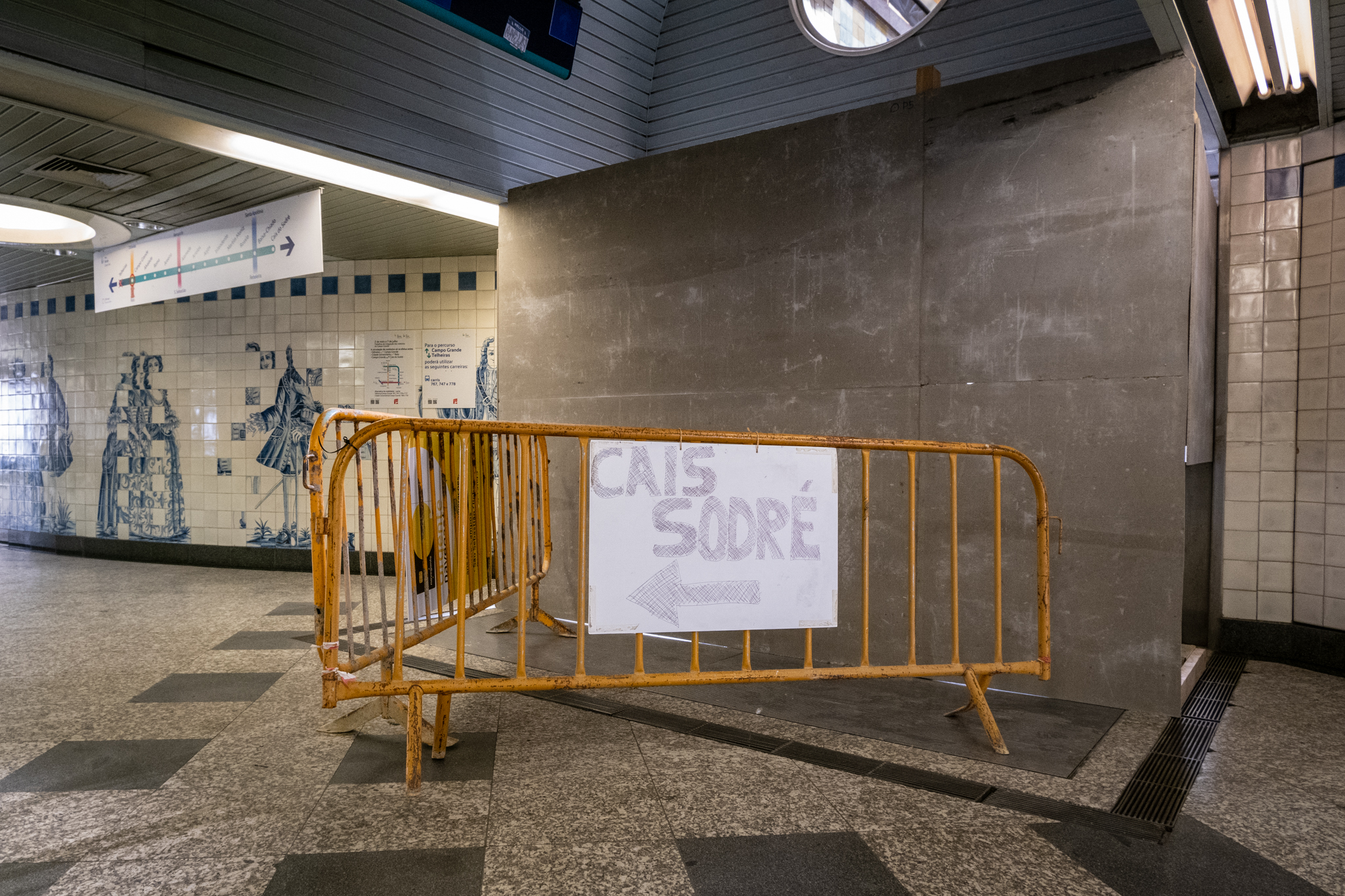
The two associations "understand the need to meet deadlines, particularly those set within the scope of the co-funding of the work by Community funds, but this cannot override the absolute interest of maintaining decent levels of public transport service".; and understand that "the works should have been scheduled for the summer, at a time when the school year was interrupted and the workers were on vacation, which would certainly not have brought significant delays in the execution schedule of the work". "As it is now too late to act upstream of the problem, Quercus and ZERO demand that urgent efforts be made to guarantee alternative forms of transport, namely the creation of special bus services that ensure the routes of the interrupted sections"they write. "To ensure travel times as similar as possible to those of the metro, these buses should be integrated into a system of priority roadways with a signalization system adapted to the requirements of a high-frequency bus service. In addition, GIRA bicycle stations in the places and parishes affected by the subway interruption, namely near the stations, should be frequently reinforced with bicycles to ensure demand on the affected routes, especially in the morning and afternoon, something that has not been happening."
Quercus and ZERO say that should be done "efforts for the various responsible entities to seek joint solutions to mitigate this problem (which will continue at least until July), and above all to agree on the creation of a Metropolitan Transport Authority with effective powers of coordinationand that presents a governance structure involving all relevant actors, including Environmental Non-Governmental Organizations, Users' and Residents' Associations, in coordination with the Mobility and Transport Authority"..
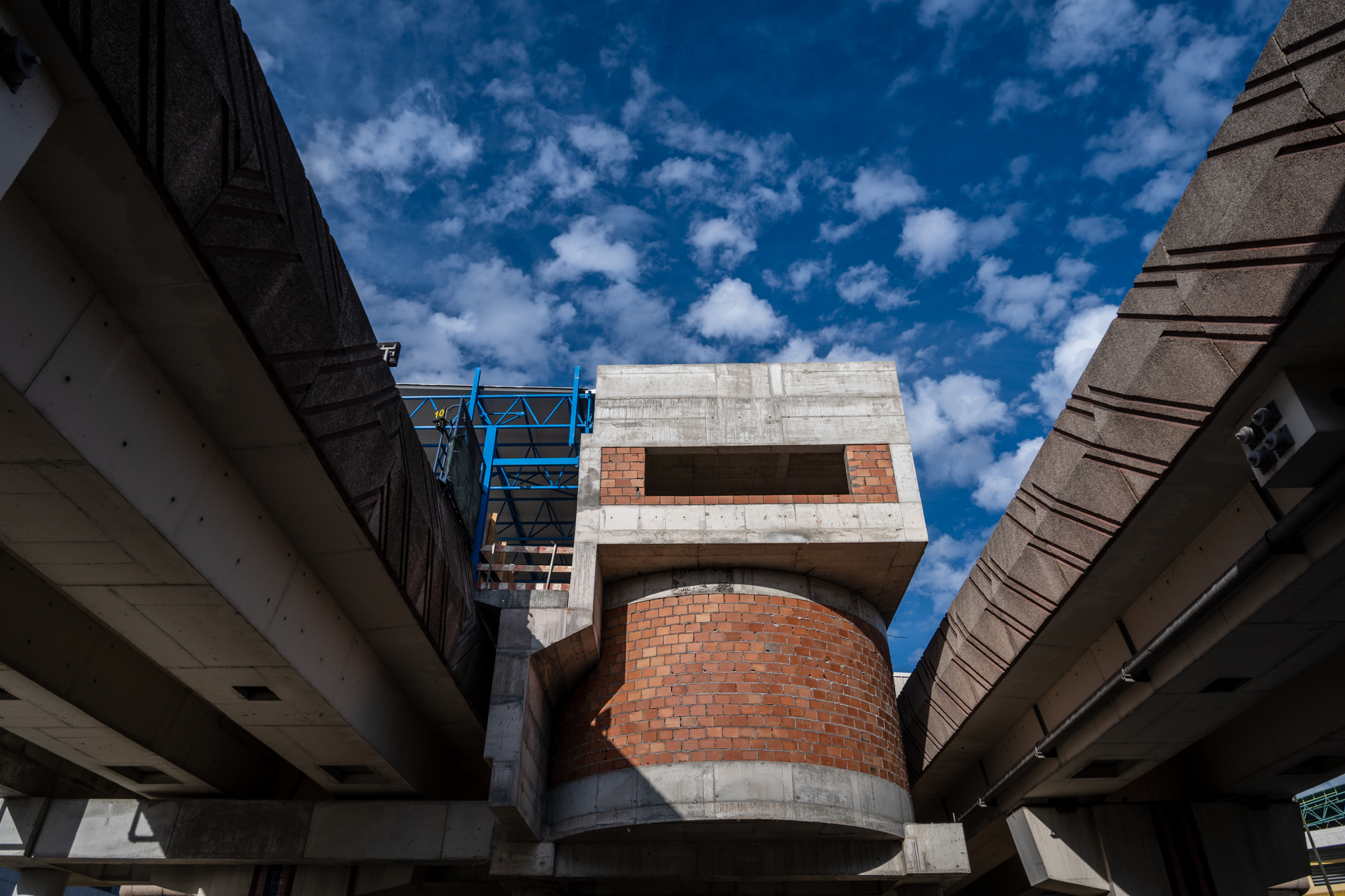
“As for the fundamentals of the ongoing works aimed at creating the new circular line, Quercus and ZERO have doubts about the environmental gains that will result from a line that interrupts the direct access of residents of the Odivelas axis to the city"the two associations add, hoping that "all adaptations are being developed to ensure that this new line is effectively a loop line, on which the trainsets coming from the Odivelas axis directly enter, and vice-versa, thus ensuring that the users of the current Yellow Line will not be imposed another transfer"..

